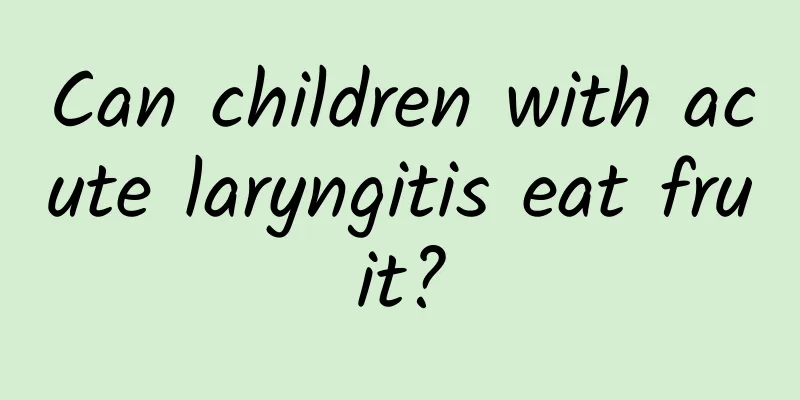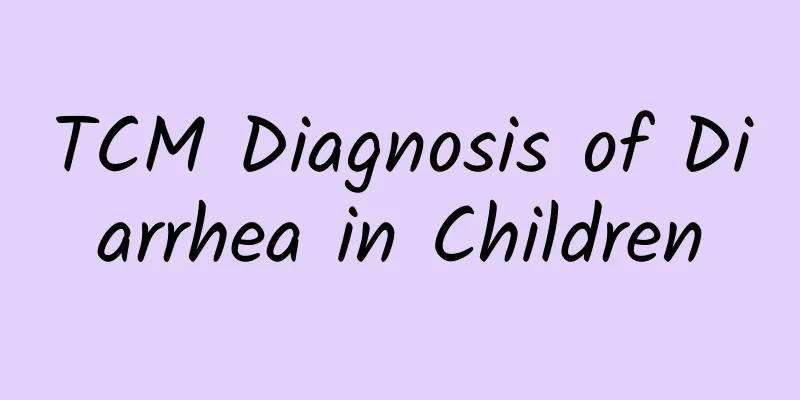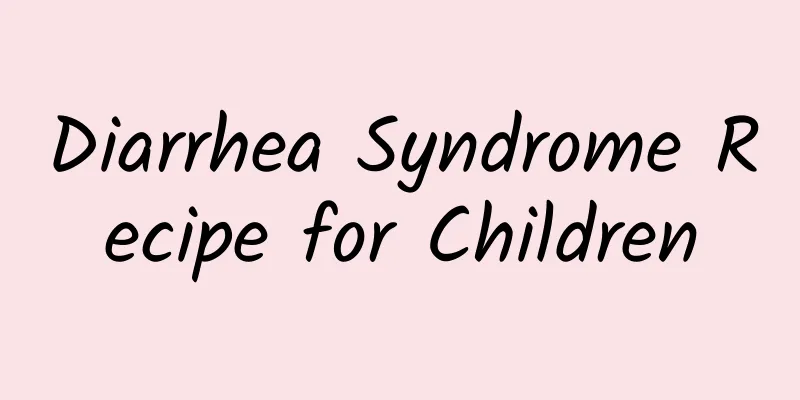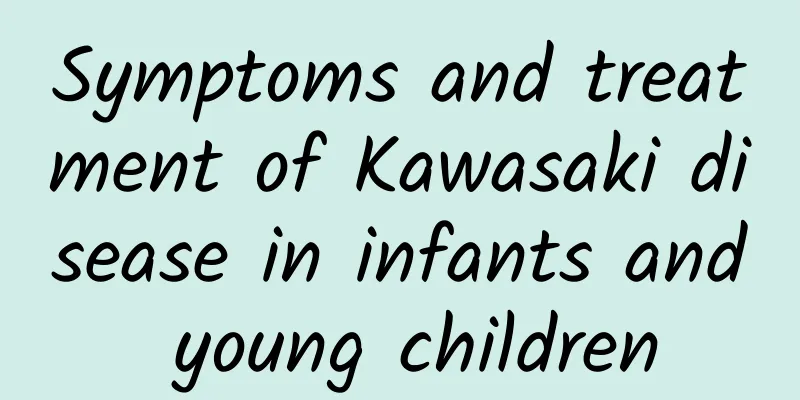What are the symptoms of hand, foot and mouth disease?
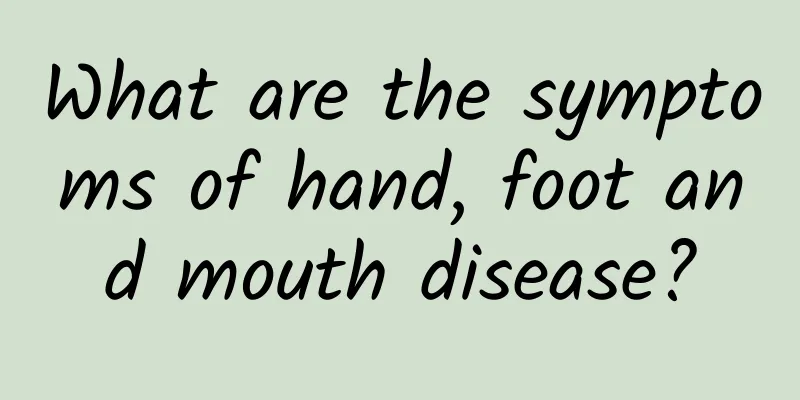
|
Hand, foot and mouth disease is a common childhood infectious disease caused by enterovirus, which can be transmitted through close contact, respiratory droplets, etc. Once the disease occurs, symptoms such as fever, oral ulcers, rashes on the hands, feet and oropharynx, rashes on the buttocks, and neurological symptoms may occur. 1. Fever: In the early stage of hand, foot and mouth disease, most children will have fever symptoms, and the body temperature may rise to above 38°C or even higher. Usually, this fever may last for 3-5 days. It is a common and early symptom of hand, foot and mouth disease. Some children may also have poor spirits and decreased appetite. 2. Oral ulcers: Small ulcers may appear in the child's mouth. These ulcers may appear on the cheeks, tongue, hard palate and other parts, causing pain to the child, thus affecting the child's eating and speaking. 3. Hand, foot and oropharynx rash: Hand, foot and mouth disease is characterized by herpes on the skin of the hands and feet and the oropharynx. The child may develop a rash on the hands, feet and mouth. These rashes are initially red spots and may later develop into blisters with clear blister fluid. The rash is generally painless and itchy, but it may cause a certain degree of irritation to the child's skin. 4. Buttocks rash: Some children may also develop a rash on their buttocks, which may appear as small red bumps or blisters and be accompanied by itching. Generally, a rash on the buttocks may increase the child's discomfort, especially when the child is sitting or moving. 5. Neurological symptoms: A small number of seriously ill children may experience neurological symptoms, such as headache, vomiting, and drowsiness. These symptoms may be manifestations of severe hand, foot and mouth disease, and parents need to be highly vigilant. Once these symptoms occur, they should seek medical treatment immediately. When children show symptoms of hand, foot and mouth disease, they should seek medical treatment in time to avoid delaying the disease. Children with hand, foot and mouth disease need to be isolated at home for 7-10 days and avoid contact with the outside world. At the same time, items that the children have touched need to be disinfected to reduce the spread of the virus. During the illness, children should eat mainly liquid food and avoid eating seafood, spicy food, etc. The affected skin should also be kept clean and dry, and hands should be washed before and after meals to reduce the risk of cross infection. Parents should closely observe changes in the child's condition and seek medical attention in a timely manner if any abnormalities are found. |
<<: The exact location of mumps
>>: What are the symptoms and dangers of high jaundice?
Recommend
What are the dangers of ADHD in children
According to a survey, among 1,292 juvenile offen...
What should children not eat for acute laryngitis
Acute laryngitis in children is a serious inflamm...
What are the drugs for treating seizures?
What are the drugs for treating convulsions? The ...
How many shots of hand, foot and mouth disease vaccine are needed
How many shots of hand, foot and mouth disease va...
Is acute mumps contagious in children?
Acute mumps is contagious, especially in the earl...
Can children's eczema be cured by applying ointment? What is the treatment for children's eczema?
Pediatric skin diseases are a symptom with a very...
What are the symptoms of neonatal jaundice?
The most typical symptom of neonatal jaundice is ...
What to do if your child coughs
Young children are prone to coughing because of t...
What is the difference between cerebral palsy and polio?
Poliomyelitis troubles many parents. Many patient...
Baby hand, foot and mouth disease indigestion
If a baby has indigestion after contracting hand,...
Diarrhea examination in children
Infants and young children have poor resistance a...
What are the examination methods for severe pseudohypertrophic malnutrition?
Everyone may be unfamiliar with pseudohypertrophi...
What are the characteristics of influenza in children? What medicine is good for influenza in children?
Many children now have the flu, but many parents ...
What are the dietary precautions for severe pseudohypertrophic malnutrition?
Severe pseudohypertrophic malnutrition is almost ...
What are the treatments for pediatric eczema? Is cold compress effective in treating pediatric eczema?
The occurrence of eczema is relatively common, an...



